Table of Contents
1. Introduction
2. Market Overview
3. Different Types and Their Features
4. Things to Consider When Selecting Products
5. Conclusion
Introduction
Choosing the right food storage bags is essential for preserving food freshness, reducing waste, and enhancing kitchen organization. In 2025, the market offers a variety of innovative options made from materials like silicone, PEVA, and fabric. This guide delves into the top picks, providing insights into their features and benefits. Understanding these choices will help you make informed decisions tailored to your needs. Embrace sustainability and efficiency with the best food storage bags available today.
Market Overview
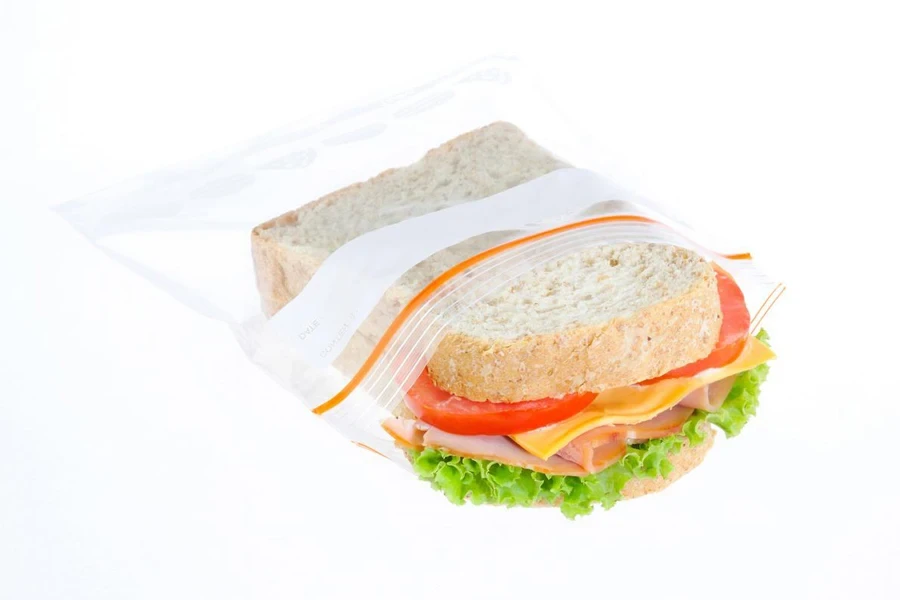
According to Future Market Insight, the global food storage bags market is valued at around US$ 4.75 billion in 2024, and is projected to reach approximately US$ 8.83 billion by 2033, growing at a 6.4% compound annual growth rate (CAGR) from 2023 to 2033. The market is driven by increasing demand for food safety, convenience, and sustainability, with plastic being the dominant material due to its durability and versatility.
Leading brands such as Stasher, re(zip), and Homelux Theory dominate the market, holding significant shares due to their product quality, durability, and innovation. Market changes include a shift towards more versatile and multi-functional storage solutions, with an emphasis on safety, ease of use, and eco-friendliness. Innovations like silicone bags that can withstand high temperatures and PEVA bags that are flexible and easy to seal have catered to the diverse needs of consumers, further propelling market growth.
Different Types and Their Features
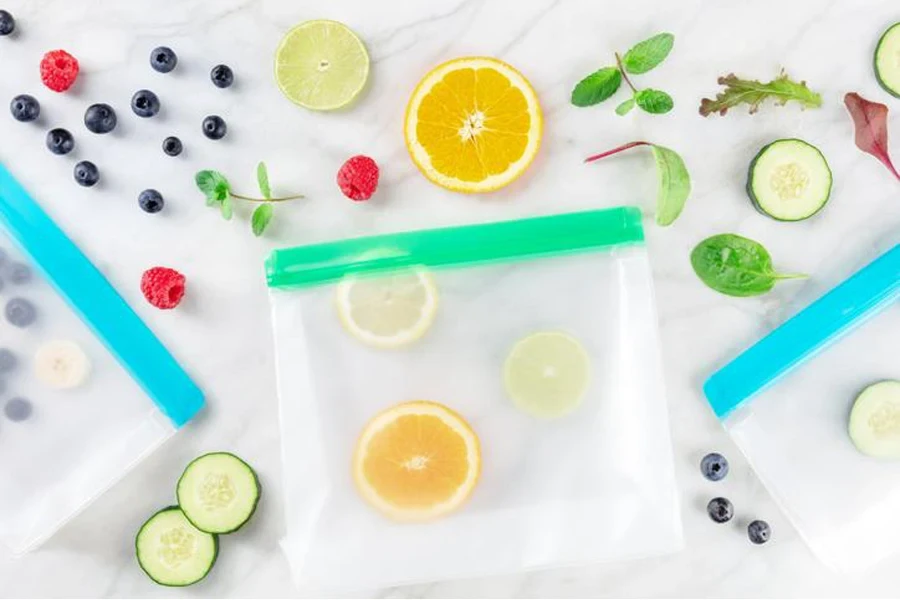
Silicone Bags:
Stasher Bags: According to Food & Wine, Stasher bags stand out due to their durability and versatility. They are made from high-quality silicone, which makes them leak-proof and suitable for a variety of uses, including microwave and sous vide cooking. These bags are also resistant to stains and odors, ensuring that they remain clean and fresh even after prolonged use. Stasher bags are easy to clean, either by hand or in the dishwasher, which adds to their convenience and usability.
Greater Goods Bags: As highlighted by Serious Eats, Greater Goods bags are known for their thick silicone construction, which offers robust protection and minimal staining. These bags are dishwasher-safe, making them easy to maintain. Their thick material ensures durability, while their wide openings make them easy to fill and clean. Despite their sturdiness, they remain flexible enough to seal tightly, preventing leaks and keeping food fresh.
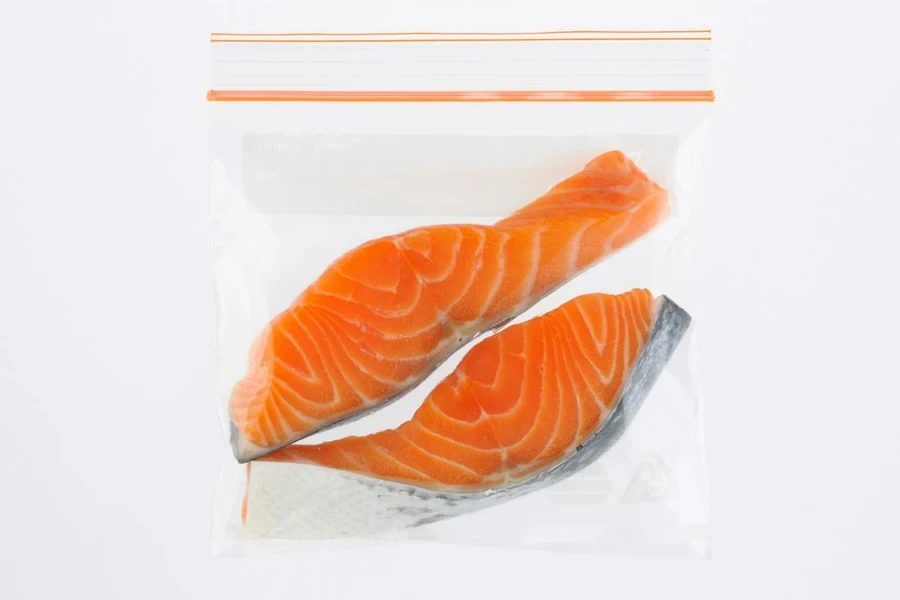
PEVA Bags:
re(zip) Bags: Re(zip) bags, mentioned in both Food & Wine and Serious Eats, are praised for their lightweight and flexible design. Made from food-grade PEVA, these bags are easy to fill and seal, thanks to their pliable material. They are also stand-up bags, which helps maximize storage space in the refrigerator and makes them more convenient to use. Although they are technically dishwasher-safe, hand-washing is recommended to extend their lifespan.
Qinline Bags: EatingWell notes that Qinline bags are an economical option for those who need a variety of sizes for meal prep and storage. These PEVA bags are effective at keeping food fresh and are easy to organize in the fridge or freezer. However, they are not suitable for microwave or dishwasher use, which might be a consideration for some users. Despite this, their affordability and effectiveness make them a popular choice for many households.
Fabric Bags:
Bumkins Bags: According to EatingWell, Bumkins bags are an excellent option for those who prefer fabric storage solutions. These bags come in a variety of cute designs, making them particularly appealing for families with children. They are great for storing dry snacks and are easy to clean, either by hand, in the dishwasher, or even in a washing machine. While they are not leak-proof and are best suited for dry items, their charming appearance and ease of use make them a favorite for many.
Things to Consider When Selecting Products
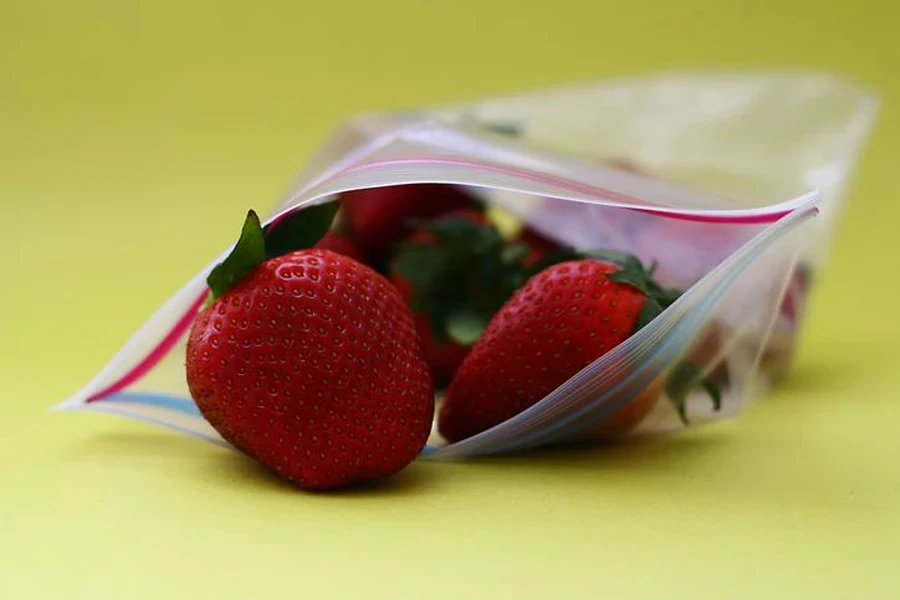
Material:
When selecting reusable food storage bags, it’s crucial to consider the material. Silicone, PEVA, and fabric each offer distinct advantages and disadvantages. According to Food & Wine, silicone bags like those from Stasher are durable, heat-resistant, and suitable for microwave and sous vide cooking. They are also generally more stain-resistant and can be cleaned in the dishwasher. PEVA bags, such as re(zip) and Qinline, are lighter and more flexible, making them easier to handle and store. However, they are not suitable for high-heat applications and often require hand-washing. Fabric bags, like Bumkins, are excellent for dry snacks and are easy to clean but are not leak-proof and should not be used for liquids.
Safety Considerations:
Safety is another critical factor. It’s essential to choose bags that are BPA-free, phthalate-free, and food-safe. These certifications ensure that the bags do not contain harmful chemicals that could leach into food. According to EatingWell, selecting bags with these safety standards can help protect your health and ensure the bags are safe for all types of food storage, including for children’s snacks.
Size and Shape:
Having a variety of sizes is important to accommodate different storage needs. Smaller bags are perfect for snacks and small portions, while larger bags are ideal for meal prep and storing leftovers. According to Serious Eats, bags that come in various sizes, like those from Greater Goods, are versatile and convenient. Design features also play a role; for instance, stand-up bases allow bags to stay upright, making them easier to fill and organize in the fridge. Flat bags are great for saving space, while expandable designs can hold more volume and are easier to pour liquids into.
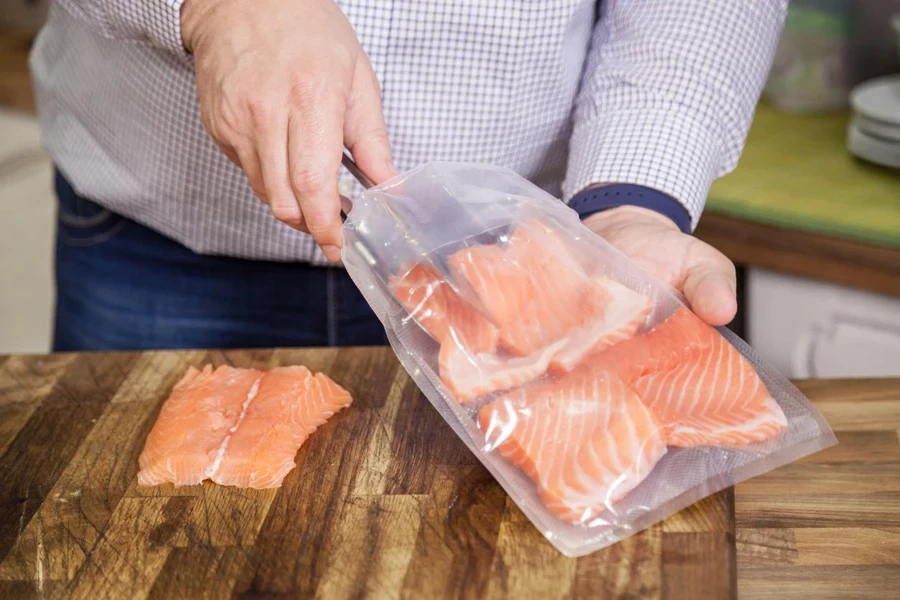
Durability and Maintenance:
The durability and maintenance of the bags are also key considerations. Silicone bags are generally more durable and can withstand frequent use and high temperatures. PEVA bags, while less durable than silicone, are flexible and easier to store. Maintenance-wise, dishwasher-safe bags are more convenient, although hand-washing is recommended for PEVA bags to extend their lifespan. According to EatingWell, silicone bags from brands like Stasher and Greater Goods are easier to clean and maintain, ensuring they last longer without retaining stains or odors.
Usability:
Ease of use and leak-proof performance are critical for daily use. Bags that are easy to fill, seal, and clean are more practical. Stasher bags, noted by Food & Wine, have a “Pinch-Loc” seal mechanism that is highly effective at preventing leaks. re(zip) bags are also praised for their ease of use and reliable seals, according to Serious Eats. Leak-proof performance is essential, especially for storing liquids, to prevent spills and keep food fresh for longer periods.
Conclusion
Selecting the best food storage bags in 2025 requires careful consideration of material, size, durability, and usability. By staying informed about market trends and understanding the features of various products, you can choose the options that best meet your needs. This ensures not only food freshness and sustainability but also enhances kitchen organization and efficiency. Whether opting for silicone, PEVA, or fabric bags, making an informed choice will contribute to a more eco-friendly and convenient lifestyle.




